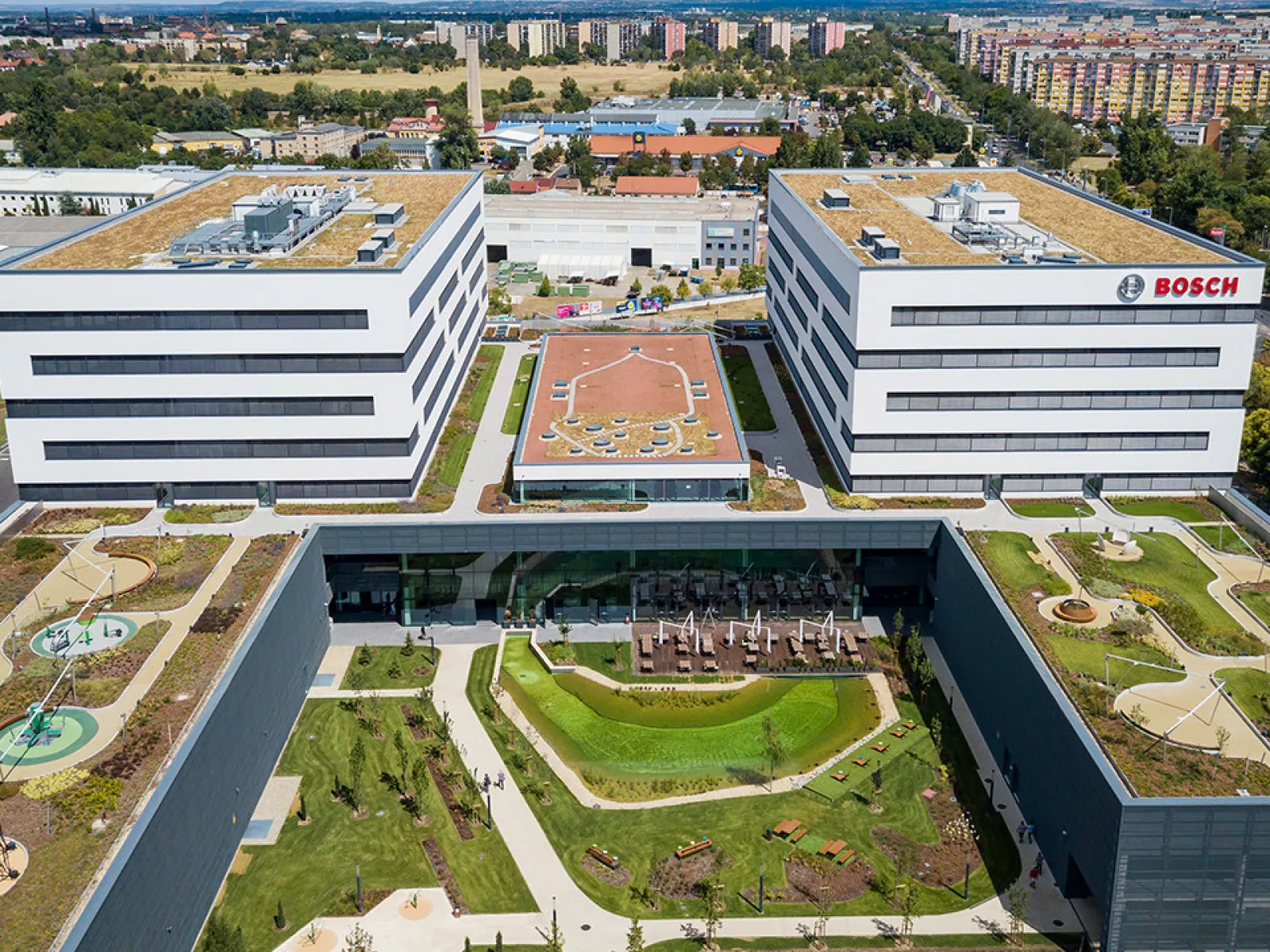
Hungary's newest automotive technology development centre, the Bosch Budapest Innovation Campus, has been inaugurated. The Bosch Group is a traditional and highly respected industrial partner of SZTAKI and the ARNL in the field of automotive research. Presently, there are several on-going research projects and cooperations with various research units of the Group.
The innovation campus opened on 8th of September in Budapest is one of the most significant automotive development centres of the international Bosch Group in Europe. This campus - with its floorspace of about 90 thousand square metres - will host automotive developments leading to cars and vehicles for the future.
“The completion of the Bosch Budapest Innovation Campus clearly demonstrates that Hungary and the talents and the professional preparedness of the Hungarian engineers play an important role at Bosch.” said Dr. Stefan Hartung, the Chairman of the Board of Management of Robert Bosch GmbH.
„The Bosch Budapest Innovation Campus is one of the most significant automotive development centres of the international Bosch Group in Europe.” said Dr. István Szászi, the Representative of the Bosch Group in Hungary and Adria Region. „The new campus that has required an investment of 70 billion HUF, hosts 1800 work places, research and test laboratories, as well as a proving ground with unique instrumentation, and a cutting-edge test-hall equipped with huge measurement cameras The total floorspace of the laboratory and testing facilities within the campus is about 14 thousand square metres.” continued Dr. Szászi.
The importance of this new world-class research and testing facility in the Hungarian economy and innovation was clearly demonstrated by the fact that Viktor Orbán, the Prime Minister of Hungary also attended the inauguration ceremony of the campus.
Several interviews were given by Dr. Szászi on the occasion of the inauguration. Apart from introducing and evaluating this new Bosch facility, he speaks about the future of the automotive industry, emphasizes the importance of automotive research and development, and hints at the development strategies used by Bosch in this field. His ideas and comments demonstrate his considerable insight. These are also inspiring both for researchers and students of the field.
The researchers of SZTAKI and the ARNL wish all the best to their colleagues at Bosch on this festive occasion. They are also looking forward to further research and development projects and collaboration with Bosch. These should give plenty of opportunity for them to get to know the new research and testing facilities of the innovation campus and to prove and appreciate the usefulness of these world-class facilities in their research and development tasks.